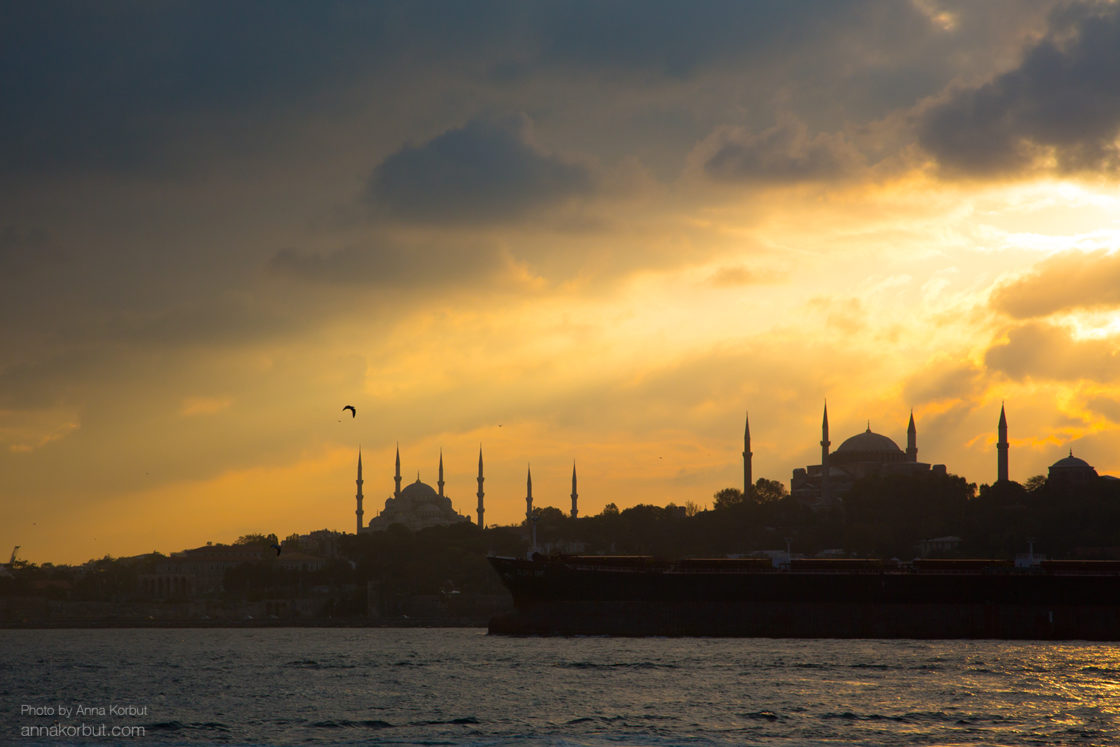
To truly feel the centuries-old history of the city, still glowing with imperial splendour even under the new form of the republic, it is best to head to the Sultanahmet (Fatih) district.
This area includes the former Constantinople and is still surrounded by remnants of the city walls.
How to get to Sultanahmet (Fatih)
From Taksim Square, you can walk to the historical centre of Istanbul along the main Istiklal Street, cross the Golden Horn via the bridge, and continue walking in the direction of the mosques.
From other districts, take a tram or bus. From the Asian side, the most convenient way is by Marmaray train or by ferry to the Eminönü stop.
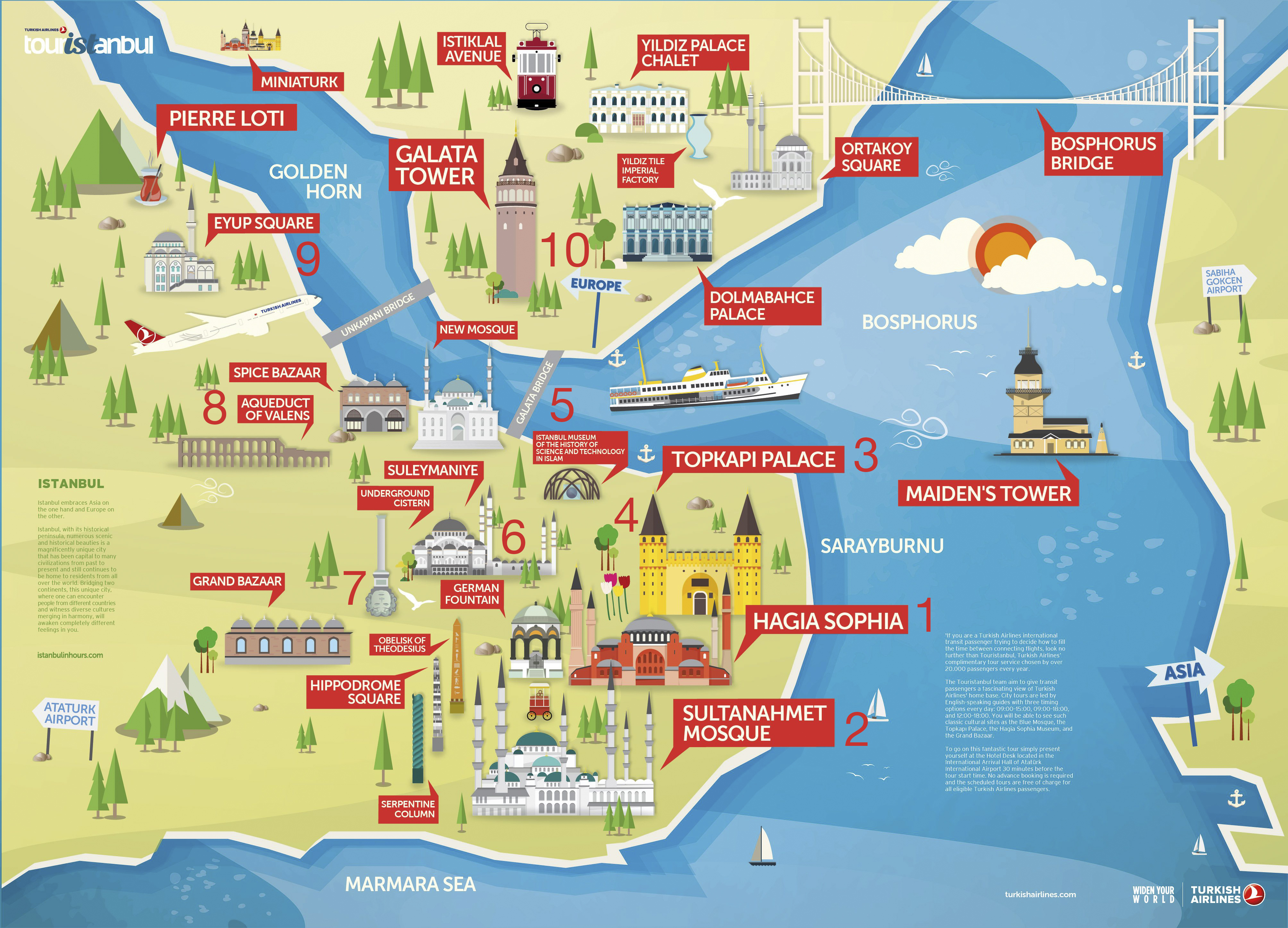
Route 1
It’s fascinating to wander around a city without a map: only by getting lost do you begin to understand its character. But when time is limited, it’s better to plan ahead.
Early in the morning, head straight to Hagia Sophia. This temple of two religions especially stands out today due to the endless queues of those wishing to connect with the sacred. Arrive half an hour or an hour before opening (around 8:00), and you’ll have a chance to avoid the crowd at the entrance.
On Mondays, the building is open from 9:00 to 19:00, and on other days until 17:00.
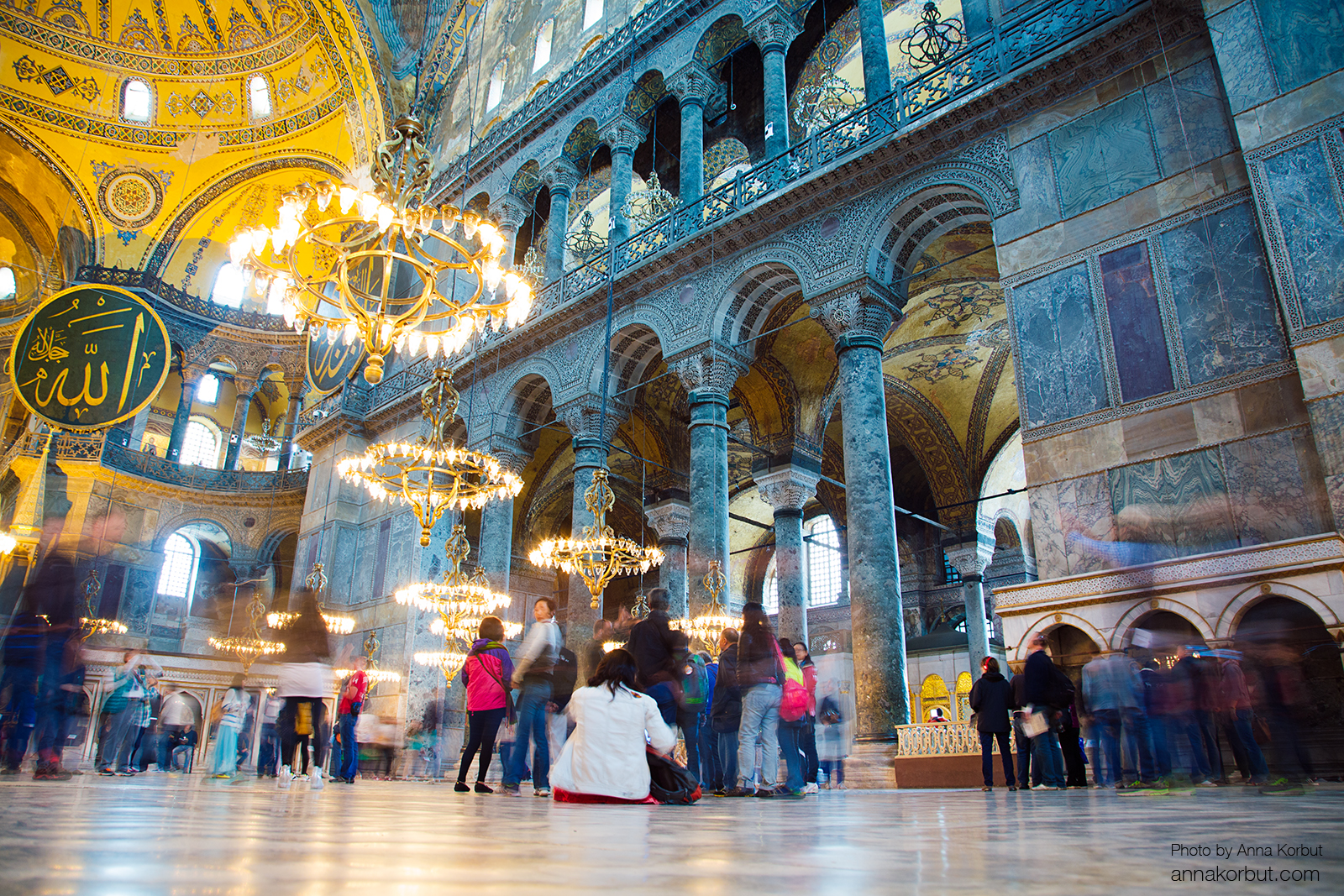
2
Next to Hagia Sophia stands the Blue Mosque (Sultanahmet) — one of Istanbul’s symbols. The mosque is beautifully painted inside, although its exterior appears rather austere. The interior artwork is captivating: Islamic calligraphy forms stunning ornaments and rhythmic compositions in combination with geometric or floral patterns.
Inside the mosque it feels very uplifting and calm — a perfect place to sit and rest from the rush of the city.
The mosque’s architect, Sedefkar Mehmet Agha, was a student and chief assistant of the famous architect Sinan, and aimed to surpass his master. Before his architectural talents were recognised, Mehmet Agha served in the Janissary corps, where he was responsible for water-related structures.
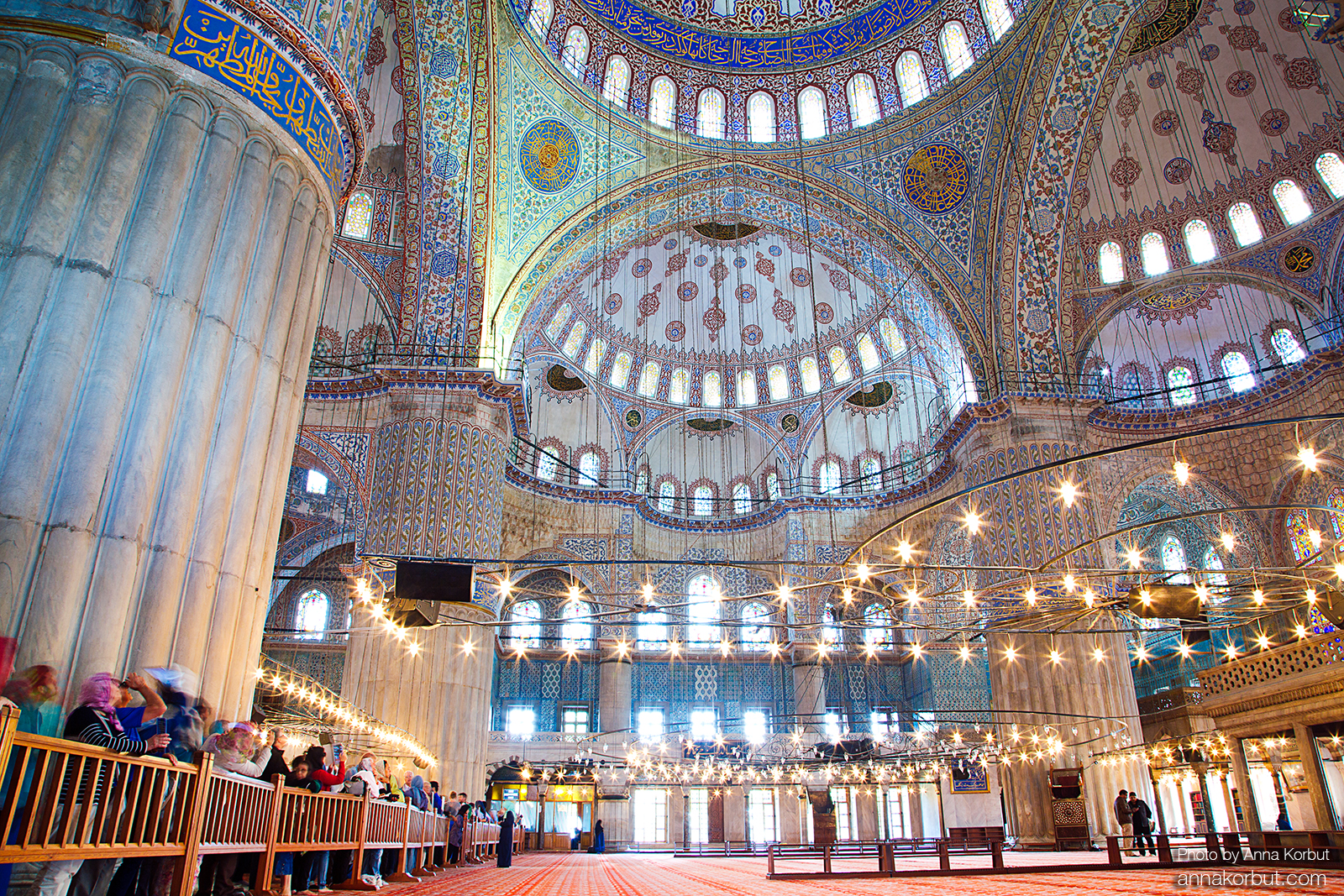
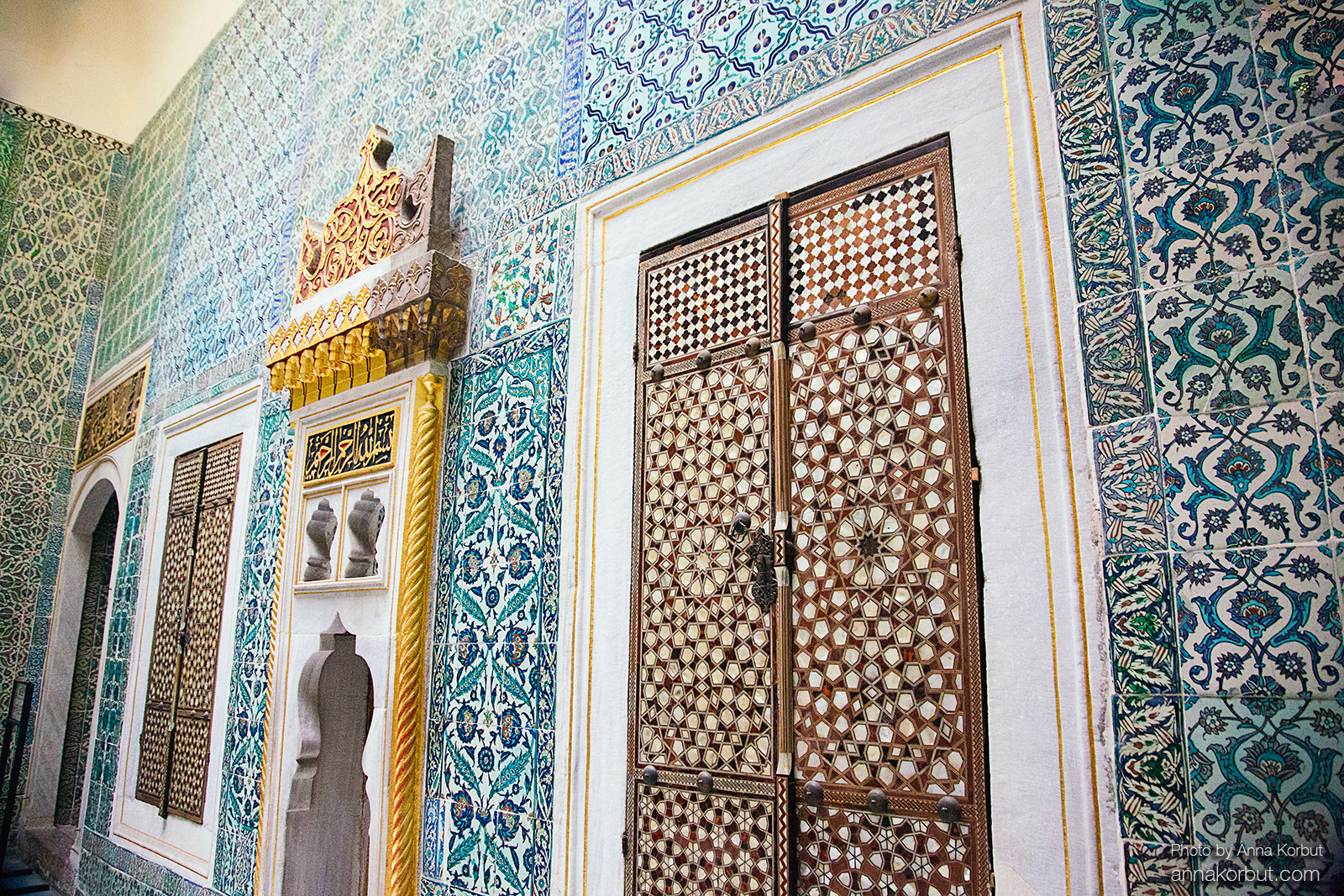
4
Gülhane Park is one of my favourite places in Istanbul. It’s a lovely spot for walking along the alleys and admiring the flowers, lying on the grass, and watching the noisy parrots in the branches of the towering plane trees.
For lunch, be sure to stop by one of the local cafés: have a cup of Turkish tea and try the traditional lentil soup — mercimek çorbası.

5
Museum of the History of Science and Technology in Islam
Drop into the museum, even if only briefly, to see not only the past but also the modern spirit of Istanbul.
6
Süleymaniye Mosque is one of the finest works of the architect Sinan and is considered an outstanding example of Ottoman architecture. Among the many buildings he designed, he especially highlighted the Şehzade and Süleymaniye Mosques in Istanbul.
In Sinan’s architecture, the circular shape of the massive dome, the minarets soaring skyward, and the numerous pointed arches together create the characteristic geometric rhythm of his work.
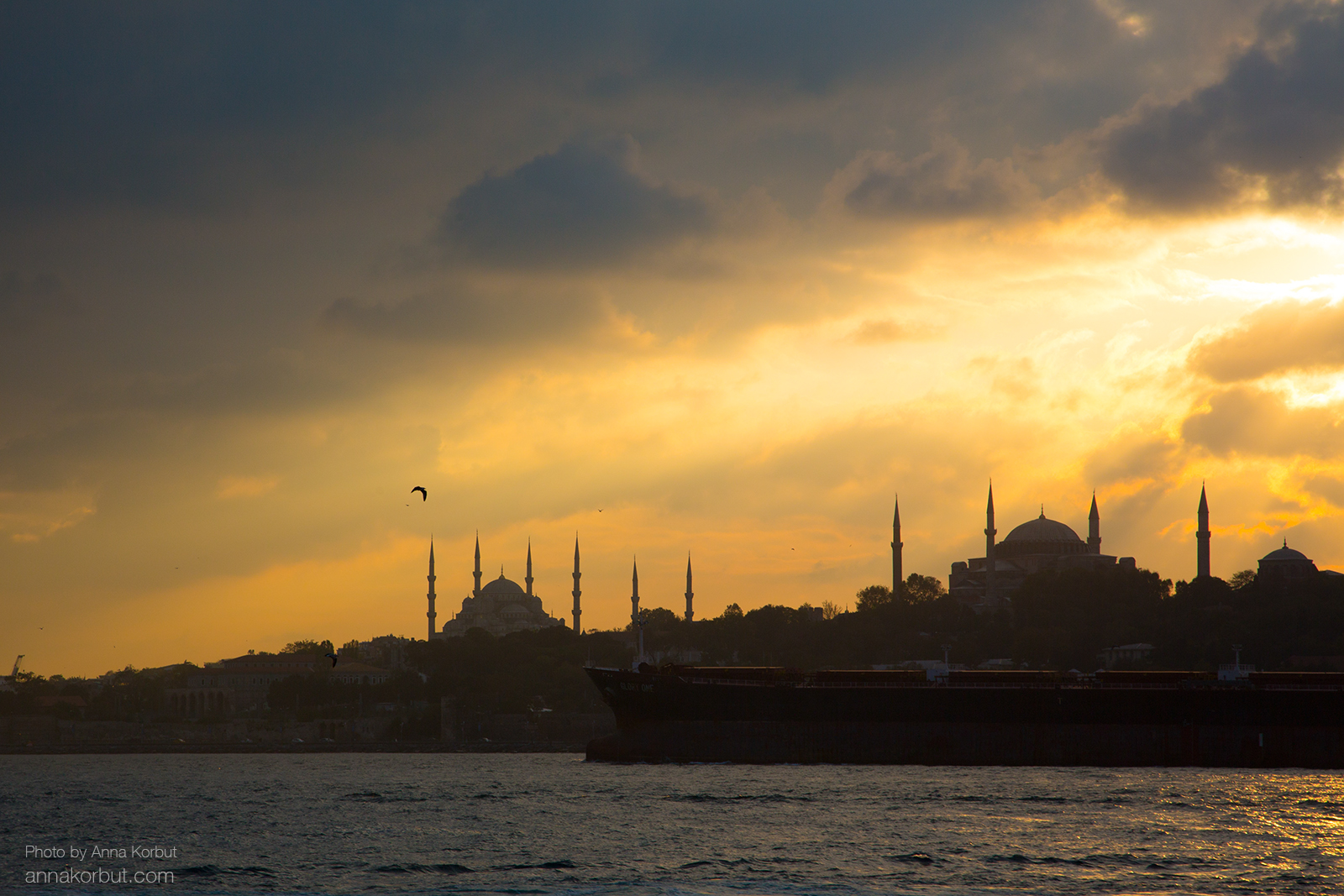

Buying Souvenirs
This is a very brief overview route through the historic centre of Istanbul, which holds thousands of ancient landmarks and beautiful places. If you don’t manage to complete it in one day, you can continue the next day. After the aqueduct and cistern, I recommend stopping by the Spice Bazaar — also known as the Egyptian Bazaar. The market is located next to the New Mosque (Yeni Camii).
Istanbul has many bazaars, and some items are more advantageous to buy on the Asian side or in shops. But spices, sweets, and souvenirs I usually buy at bazaars: here you can really feel the oriental atmosphere and haggle. I usually bring back spices for traditional dishes from trips to Turkey (for example, for the lentil soup mercimek çorbası) and pomegranate Turkish delight with pistachios. You can also buy wallets, cosmetic bags with traditional patterns, and other small items.
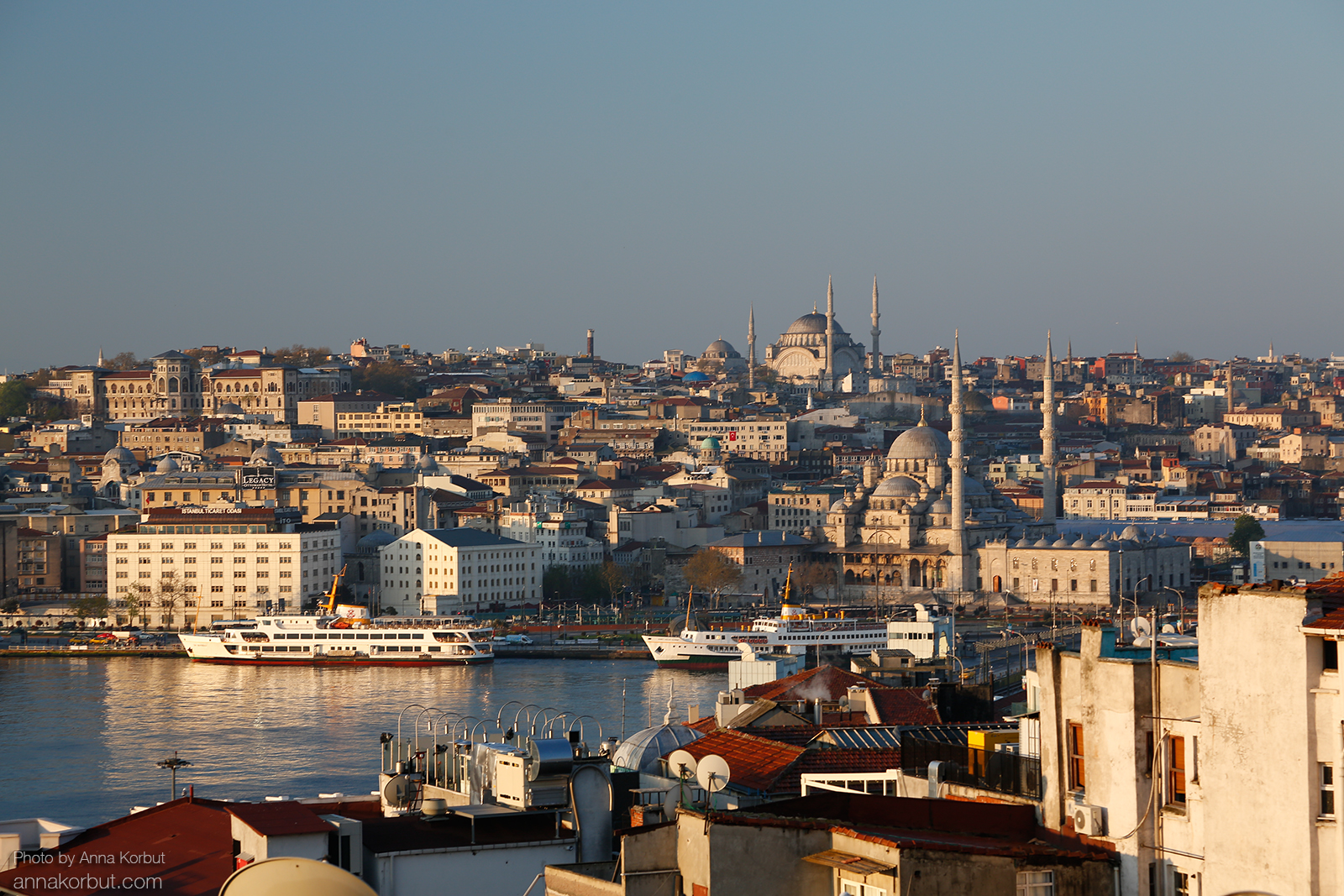
9
Further from the center is the beautiful Mihrimah Sultan Mosque. The temple was built in the 16th century for the daughter of Sultan Suleiman the Magnificent, whose name was Mihrimah. It is located in the historic center of Istanbul on the top of the Sixth Hill — one of the highest points in the city.
There is a popular romantic legend that the court architect Sinan was secretly in love with the golden-haired princess Mihrimah, despite a 33-year age difference. The mosque’s single tall and slender minaret (which is a certain violation of the rules) is meant to symbolize unrequited love. The legend says that on March 21 — Mihrimah’s birthday, whose name means “Sun and Moon” — at the very moment the sun hides behind the mosque, the moon appears from behind another mosque dedicated to Mihrimah — the one in Üsküdar.
10
If you have time left, take a walk across the bridge over the Golden Horn and up to the Galata Tower. Then, towards Taksim Square goes the central street Istiklal — here you’ll find many bars and shops.
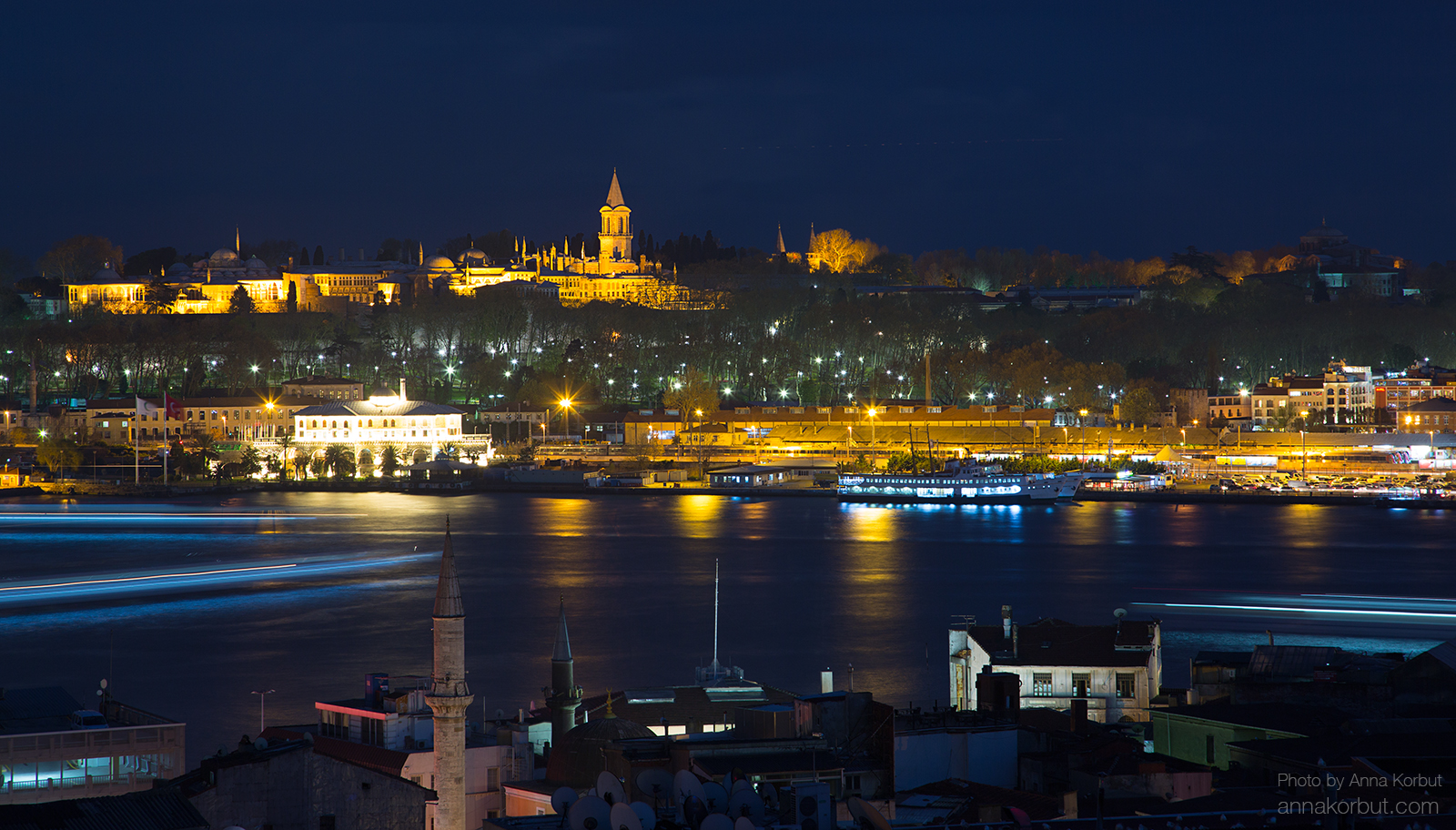
Enjoy your walk!

